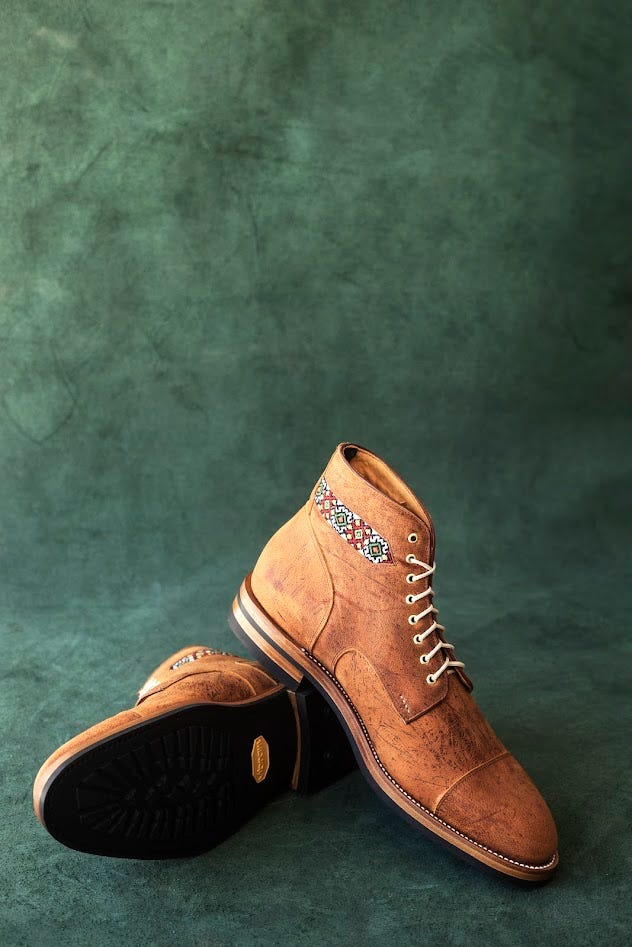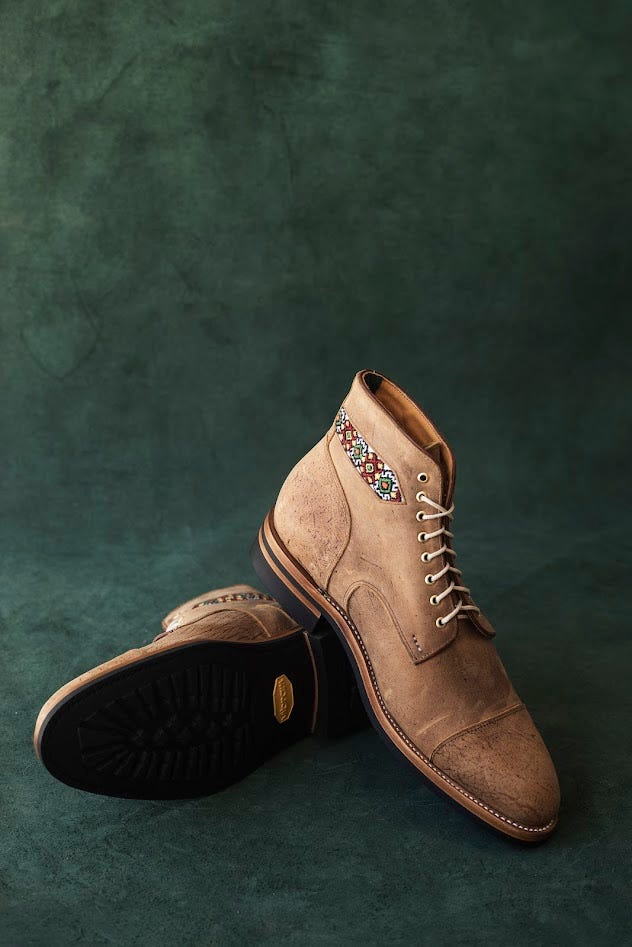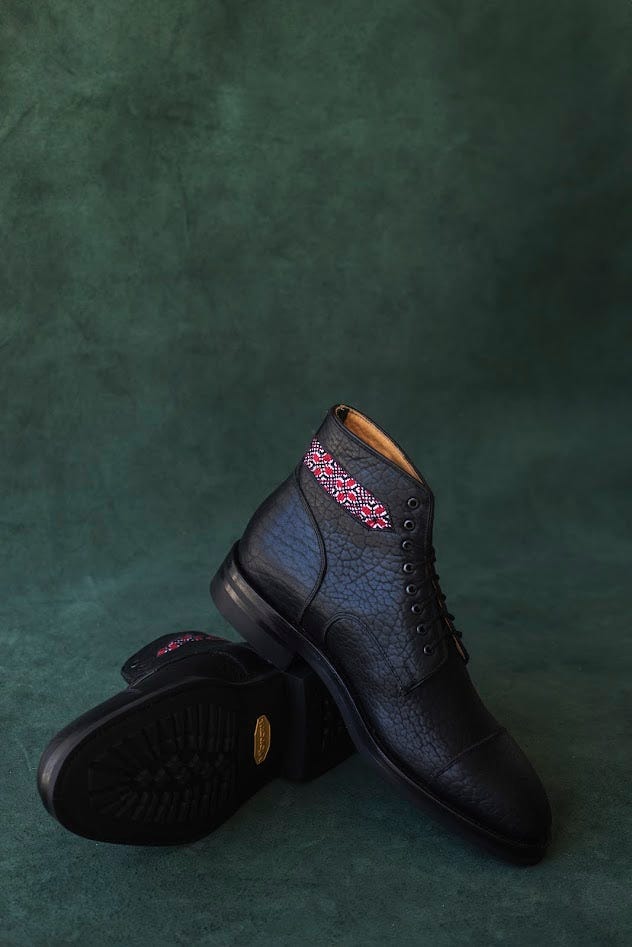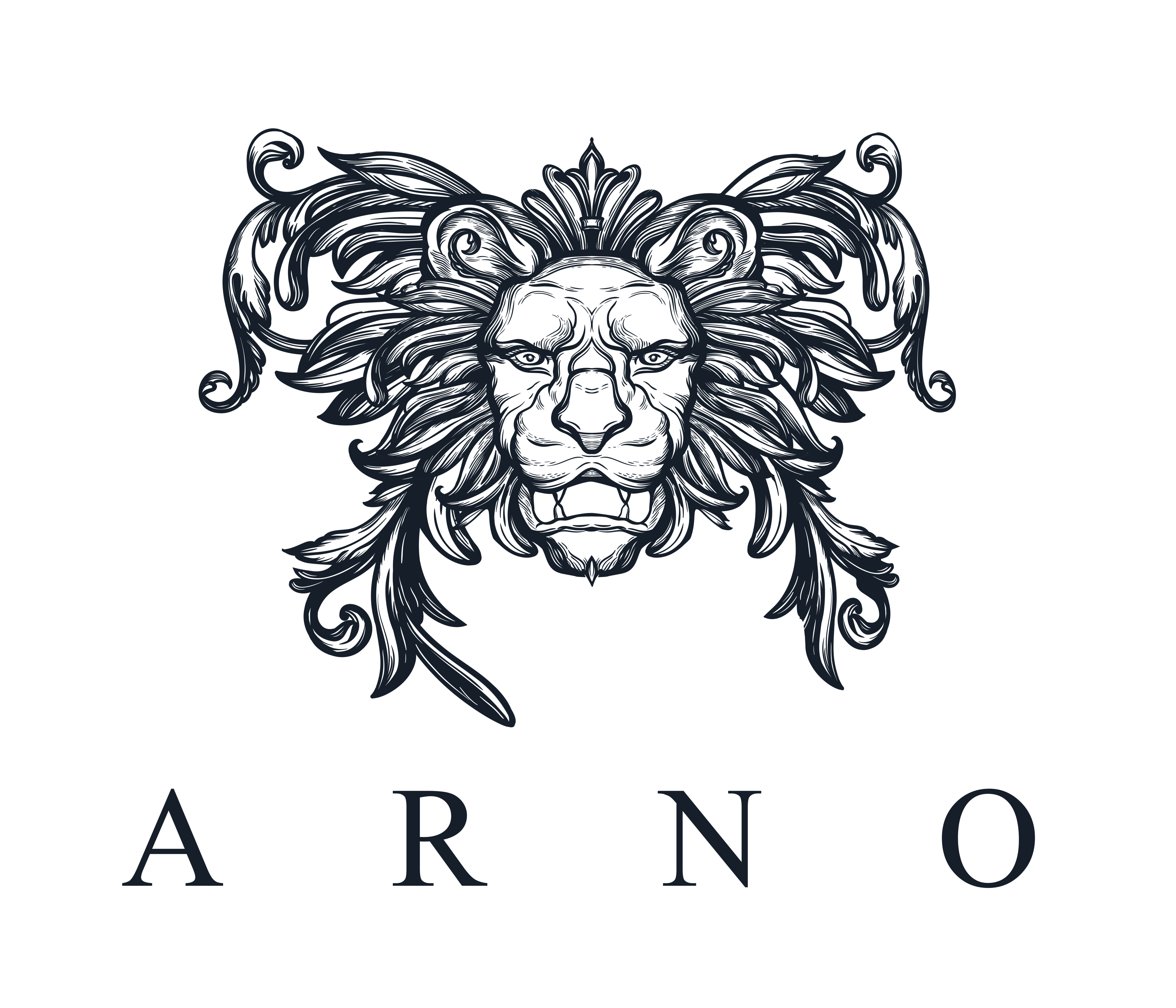It’s fascinating to reflect on how an idea takes shape. I recently launched a new boot for my small shop-made ready to wear line, it incorporates traditional Ukrainian embroidery (called vishivki). I wanted to share a little bit of the story that led to this.
One of the things that has struck me is how traditional clothing styles have become homogenized and, in many cases, nearly disappeared. While folk clothing still thrives in certain Eastern cultures, in the West, it often only makes an appearance at festivals or special occasions. Modern clothing can be stylish and fun, but I feel we’ve lost a certain vibrancy and uniqueness that comes from our diverse cultural histories. This realization motivated me to create the Vishivanka boot as a way to weave a bit of that cultural heritage into a contemporary context.


As a Ukrainian who grew up in the United States, my cultural identity has always been a bit complex. I primarily spoke Russian during my childhood, which led me to identify more with Russian culture, despite my Ukrainian roots. My grandmother is Russian, but the rest of my family is Ukrainian. One of my ancestors was a Zaporozhian Cossack, earning our family name, Bliskavka, which means “lightning” in Ukrainian — legend has it he was as as fast as lightning on horseback and with a saber.
Growing up in the U.S., my connection with Russian culture wasn’t particularly problematic. I felt more American than anything else. I had friends from both Russian and Ukrainian backgrounds, and in my mind, they were essentially the same. That of course changed in 2022 when the full scale Russian invasion of Ukraine happened. I am also a USAF reservist, and I was called up to Germany as an interpreter for a 6 month rotation. While there, I reconnected with my Ukrainian heritage. Part of it was that I was hanging around other interpreters all the time that were less Americanized than me, but mostly because I had the opportunity to meet a lot of incredibly brave and selfless Ukrainian servicemen and women. Connecting with them, hearing their stories and what they were going through inspired me to take learning Ukrainian a lot more seriously. Over the course of a year, I went from mostly understanding it not being able to speak it, to being fully fluent.

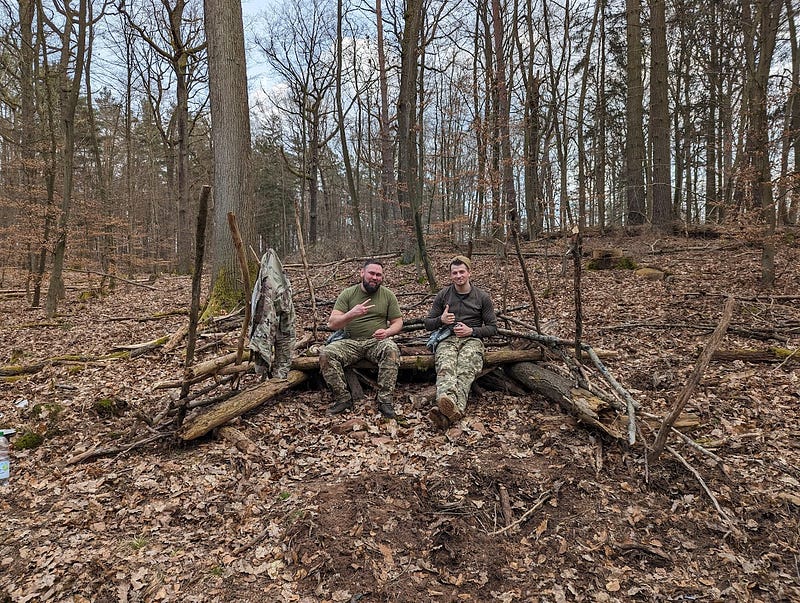

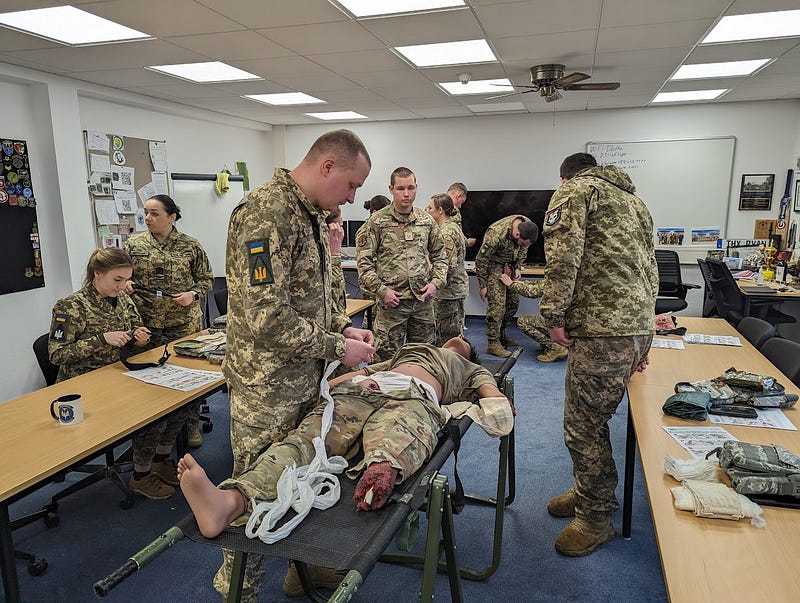
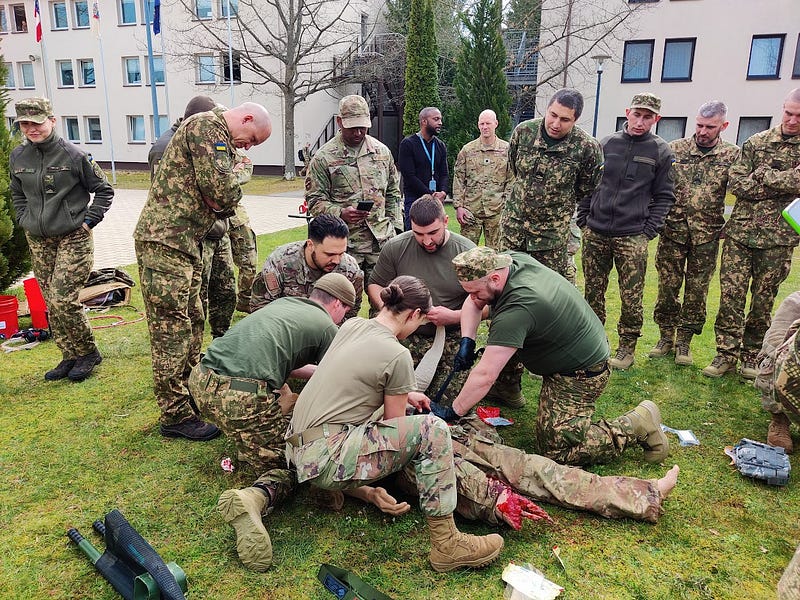
I wanted to commemorate my experience, and as a shoemaker, what better way to do that than make a pair of boots in that theme? Initially, I envisioned cowboy boots celebrating the cooperation between the U.S. and Ukrainian Air Forces, featuring the logos of both on a blue and yellow background.


This was a fun project, not a pair of boots that I would wear regularly, but something that will help memorialize my experience. This also happened to be the first pair of boots that I made using inlays, where you have different color leather layered to create pictures or designs. The inlay was what led to me considering using some embroidery on a pair of boots.
One of my mother’s friends does embroidery, so I asked her to make some in some traditional Ukrainian style. It took a while, but I eventually created a pair of boots incorporating those pieces for myself and they looked stunning. At that point I knew I wanted to make a ready-to-wear boot in a similar style.
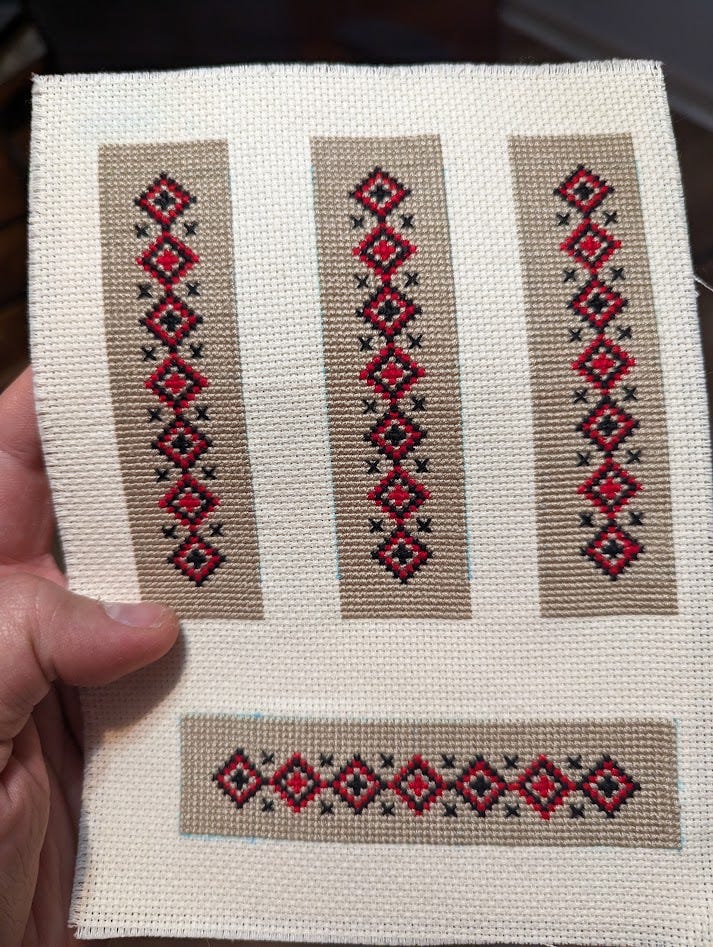
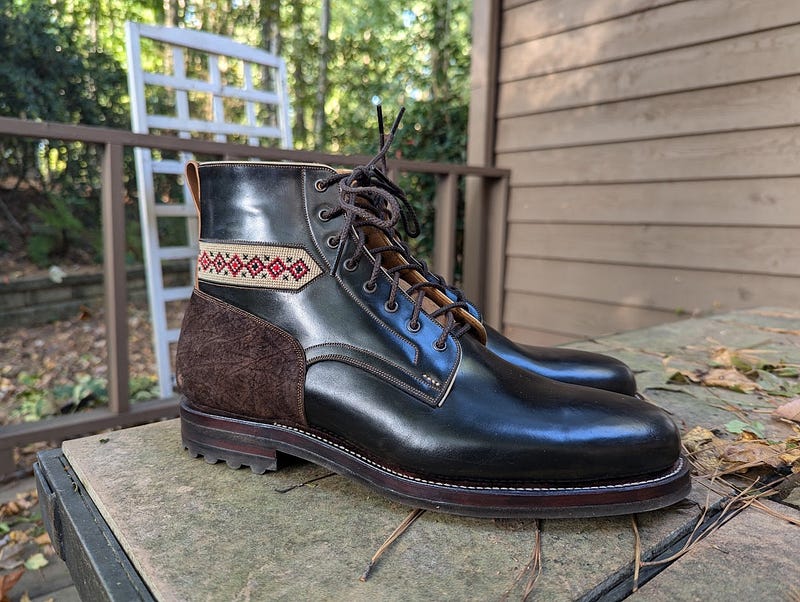
I thought that if I was going to make something using a Ukrainian design, the least I could do was find someone in Ukraine to make it for me. I reached out to a friend of mine who connected me with Dasha, his godmother who lives in Ivano-Frankivsk region of Ukraine. She does embroidery for a living. Whenever I proposed the idea of creating shoes incorporating her craft, she was a bit unsure. She mentioned that she has embroidered everything from shirts to wedding dresses, but shoes would be a first for her! We agreed that she would make several test designs and proceed from there. We ended up settling on three designs, two cross stitched, and one embroidered in the Hutsul style (a people that live in Eastern Ukraine).
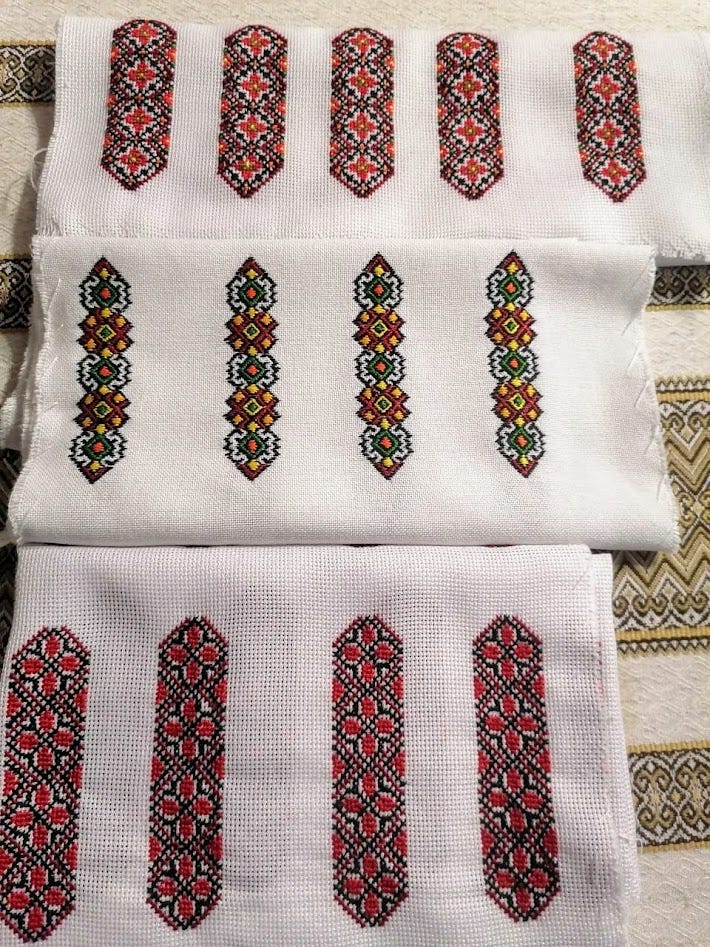
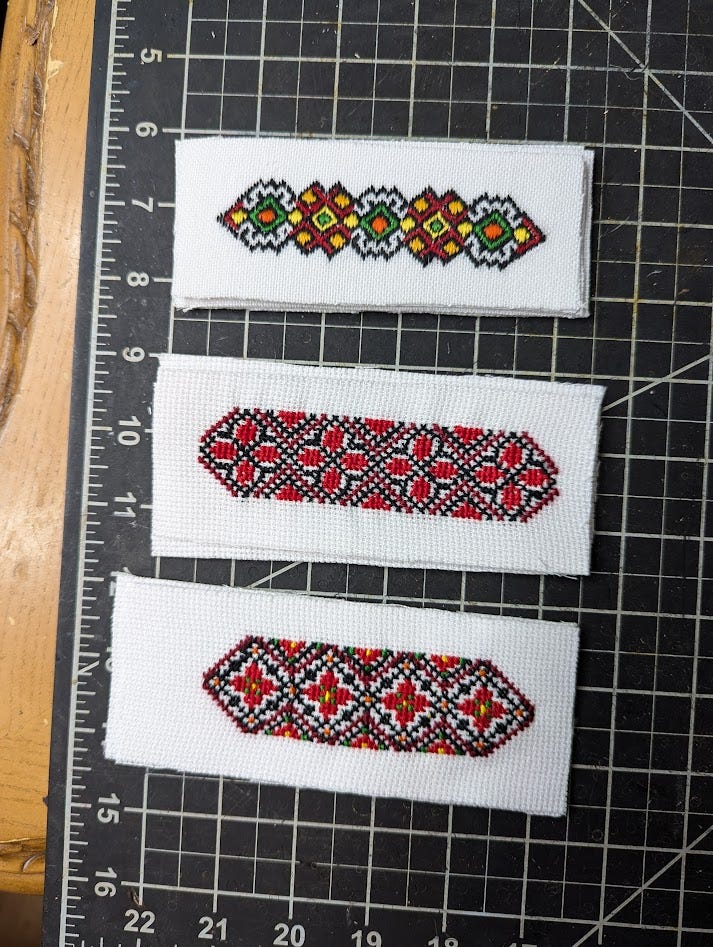
Next came the challenge of selecting the right leather. I knew I wanted to use black for one design, but struggled to find a good match for the second.
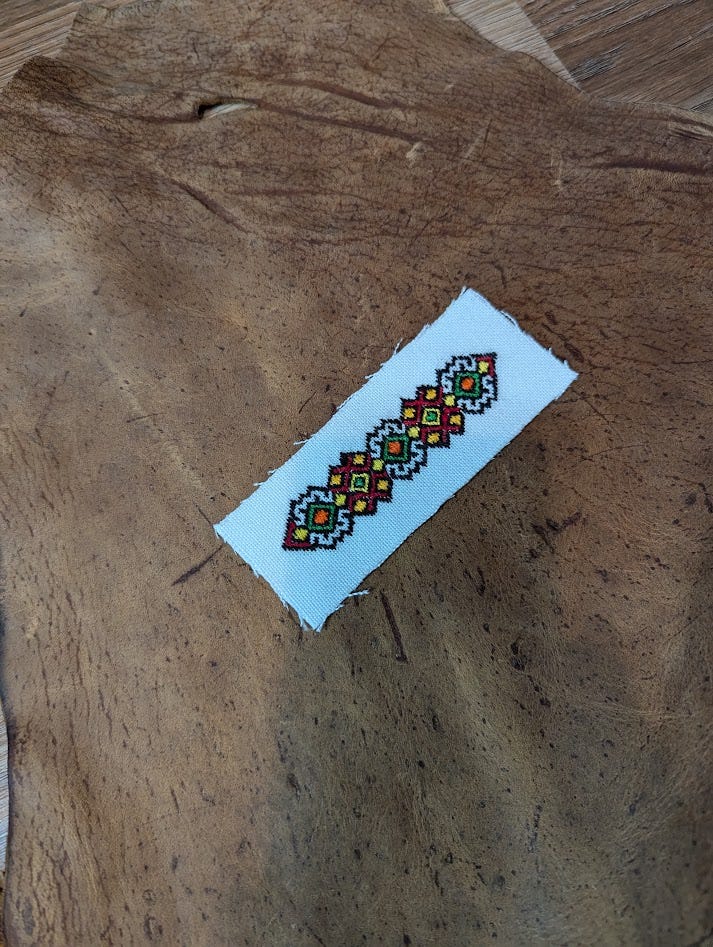
Goucho Kudu seemed like a good pairing, but I only had two skins available, so we decided to use one of the Turmeric kudu skins as well. It is a bit of an odd orange-ish color that I had picked up a while back and never could figure out what to do with it.
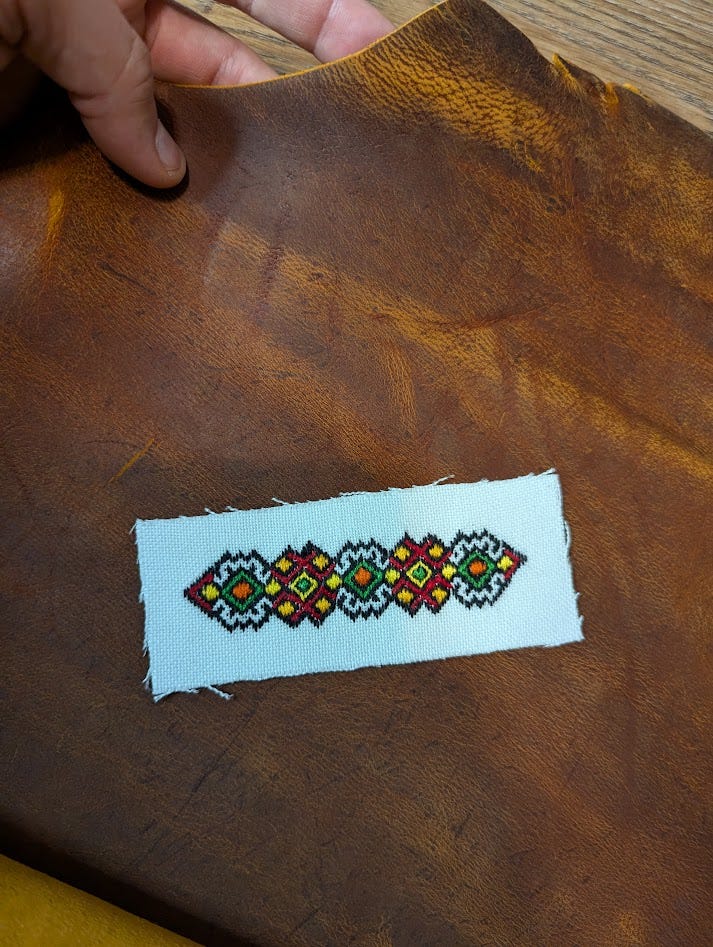
It’s funny how a random pairing ended up being the most interesting and unique of the bunch, and by far my favorite.
